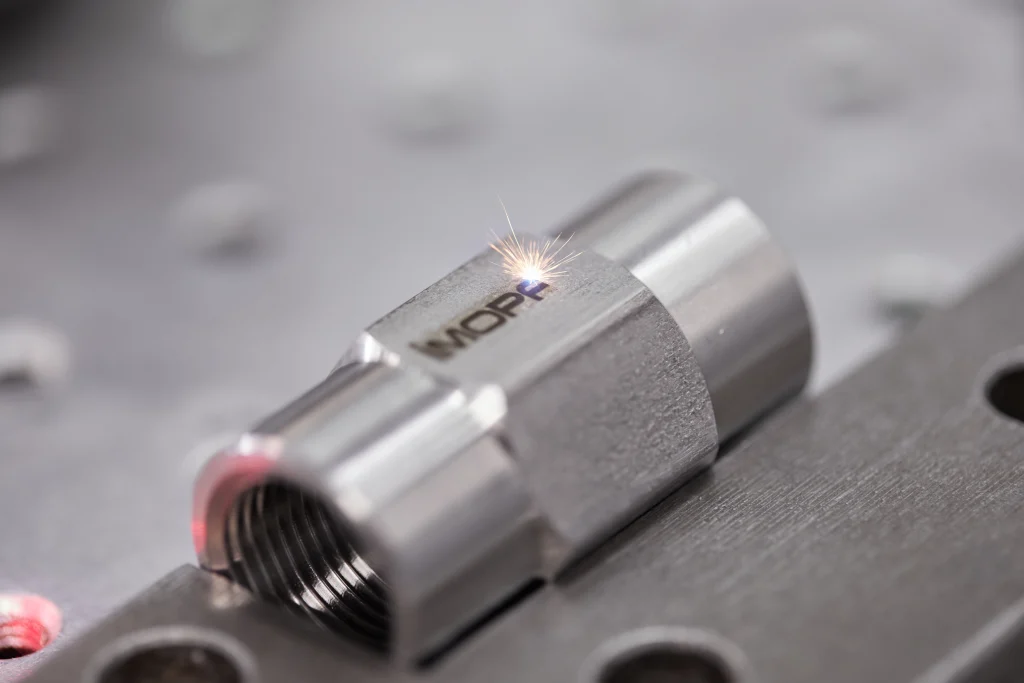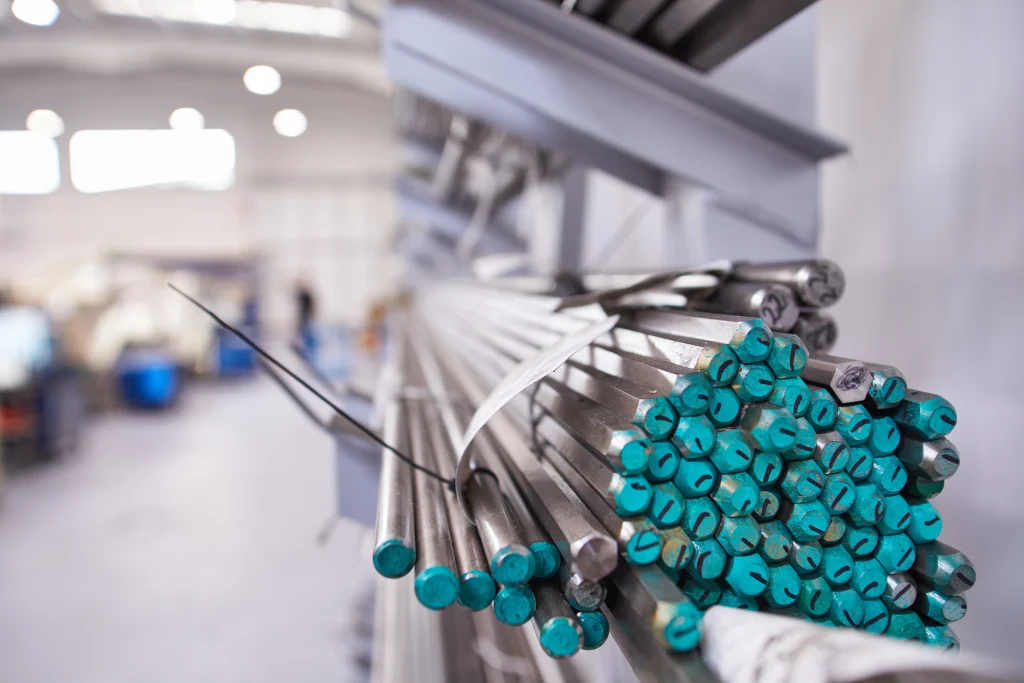Choosing the right stainless steel in industry is a critical decision. The advantages of 316 stainless steel make it the preferred choice for high-demand sectors like food, pharmaceutical, and medical industries, even though it often comes with a higher cost.
With a unique composition that includes molybdenum, chromium, and nickel, this material stands out for its superior corrosion resistance and ability to meet the most stringent standards.
In this article, we explore why it outperforms other stainless steels like 304 and 303, and how its performance in aggressive environments makes it an indispensable material.

Do you know the properties of 316 stainless steel?
Thanks to its chemical makeup—including molybdenum, chromium, and nickel—316 stainless steel offers top-level corrosion resistance and meets strict hygiene standards.
What makes 316 stainless steel unique?
316 stainless steel differs from other grades through its exceptional durability and versatility. Key features include:
- Superior corrosion resistance: Thanks to molybdenum, it withstands saltwater, chlorides, and aggressive chemicals.
- Extended durability: Perfect for critical applications with intensive use cycles.
- High hygiene: Its non-porous surface prevents bacteria buildup and is easy to clean—ideal for regulated industries.
Applications in demanding environments
Food industry
- Contamination resistance: Does not react with acidic or alkaline foods.
- Meets health regulations: Excellent for food processing equipment and contact surfaces.
Pharmaceutical and medical
- Resistant to aggressive cleaning and sterilization agents.
- Withstands high temperatures (e.g., autoclaves) without structural degradation.
Marine and saltwater environments
- Excellent resistance to chloride and saltwater corrosion.
- Common in pipes, valves, and structures exposed to marine conditions.
Chemical industry
- Ideal for use with acids and corrosive substances.
- Resists stress corrosion cracking.

316 vs. 304 and 303 Stainless Steel: A Comparison
316 vs. 304 Stainless Steel
- Corrosion resistance: 316 outperforms 304 in saline or chemically aggressive environments.
- Cost: 316 is more expensive due to molybdenum content but offers better durability.
- Applications: 304 suits general use; 316 is essential in marine or pharmaceutical settings.
316 vs. 303 Stainless Steel
- Machinability vs. durability: 303 is easier to machine due to sulfur but less corrosion-resistant, making it unfit for pharma or sanitary uses.
- Corrosion resistance: 316 excels in chloride or saltwater environments, while 303 tends to oxidize.
- Applications: 303 is ideal for screws or shafts requiring precise machining. 316 is the only safe choice for hygienic or aggressive conditions.
When should you choose 304 or 303 instead?
304: Versatile and economical
- Lower cost: Great for budget-sensitive projects.
- Moderate resistance: Suitable for furniture or kitchen equipment.
- Ease of processing: Excellent weldability and ductility.
303: Ideal for precision machining
- Top machinability: Sulfur content makes it easy to shape.
- Good for technical parts: Like screws, gears, and small shafts.
- Used in aerospace and high-precision fields
Conclusion: Why choose 316 stainless steel
Choosing the right material isn’t just technical—it’s strategic. In critical sectors like food, pharma, and healthcare, 316 stainless steel is not just the best option—it’s often the only one that ensures reliability, safety, and durability in extreme conditions.
Its superior corrosion resistance—even against saltwater and aggressive chemicals—makes it an irreplaceable ally when failure is not an option. Its ability to withstand extreme temperatures and harsh environments ensures both your equipment and final product stay safe and high-performing.
For food-processing machinery, pharma installations, or marine applications, 316 is more than just a material—it’s a long-term investment. Unlike 304 or 303, its molybdenum content gives it the edge when reliability matters most.
Choose experienced manufacturers
When working with AISI 316 stainless steel, precision and quality control are critical. At IMOPAC®, we’ve developed one of the most extensive ranges of 316 stainless steel fittings on the market. We’re global leaders in the production of this type of connection.
Explore our stainless steel solutions or ask us about a custom development—our team is ready.